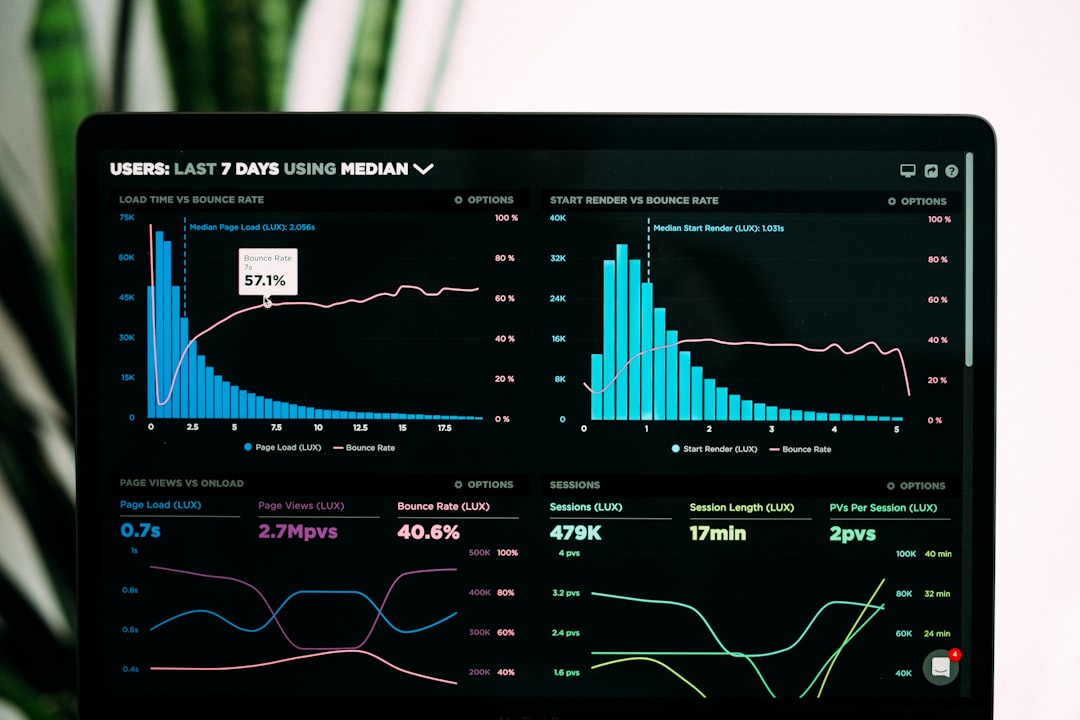In today’s fast-paced world of software development, the focus has shifted from just building powerful apps to building them efficiently and enjoyably. As we head into 2025, developer experience—or DX—has become a top priority for engineering teams around the world. A well-crafted DX not only improves productivity but also fosters innovation and retention. The right tools can transform the way developers write, test, and deploy code. Here are 7 developer experience tools you need to know in 2025.
1. Backstage by Spotify
Backstage is an open platform for building developer portals. Created by Spotify, it’s now a Cloud Native Computing Foundation (CNCF) project. It empowers teams to manage their services, documentation, and infrastructure all in one place. With customizable plugins, Backstage allows developers to create a unified dashboard that streamlines their workflows.
Whether you’re on a microservices architecture or a monolith, Backstage can reduce cognitive load and enhance discoverability.

2. Codespaces by GitHub
Say goodbye to “works on my machine” with GitHub Codespaces. This cloud-based development environment enables developers to spin up a fully-configured development environment directly in the browser or through Visual Studio Code. With environments booting in seconds and syncing with your repositories, setup time is virtually eliminated—giving back precious hours for actual development.
As remote work and distributed teams become the norm, Codespaces make onboarding new developers and contributing across teams dramatically easier.
3. Replay.io
Replay.io offers a revolutionary way to debug web applications. This tool records everything that happens in a browser session and allows developers to navigate backward and forward through events. It’s like a DVR for your code. Developers can inspect state changes, console logs, and network traffic at any point during the session without reproducing the issue again.
This not only speeds up debugging but also makes cross-functional collaboration between developers and QA teams significantly more effective.
4. FeatureFlags by LaunchDarkly
LaunchDarkly is a feature management platform that allows teams to deploy code at any time and release features when ready. By using feature flags, developers can control the user experience in real-time without pushing another deploy. This approach helps reduce risk, enables A/B testing, and gives developers the confidence to iterate faster.
For organizations practicing continuous delivery, LaunchDarkly has become an essential ally in achieving safe and efficient deployments.
5. Graphite
Graphite is a newer tool making waves for its impact on code review workflows. It allows engineers to create stacked pull requests, making it easier to break down large features into smaller, more manageable units. This speeds up reviews and reduces friction in collaborative coding environments.
Graphite integrates with GitHub and CI pipelines, creating a smoother and more iterative development process while maintaining high code quality.
6. Copilot by GitHub
GitHub’s Copilot, built in partnership with OpenAI, has evolved into an indispensable daily assistant for developers. Whether you’re writing boilerplate code, documenting functions, or trying to understand unfamiliar codebases, Copilot offers real-time, AI-powered suggestions that speed up development.
In 2025, its capabilities have grown to include more intelligent context awareness, broader language support, and custom team models that make Copilot an integral part of enterprise development stacks.

7. Task Management with Linear
Linear is reinventing the way teams manage tasks and sprints. Sleek, fast, and intuitive, it integrates seamlessly with modern development workflows. What makes Linear special is not just its performance—it’s the opinionated UX that nudges teams toward prioritization, consistency, and focus.
Its native integrations with tools like GitHub, Slack, and Figma help developers stay in the code while keeping visibility across projects. It’s a favorite among startups and scaling teams who want to avoid the chaos of bloated project management tools.
Final Thoughts
As the engineering landscape evolves, developer experience tools will only grow in importance. Tools like Backstage, Codespaces, and Copilot aren’t just conveniences anymore—they’re becoming essential components of every high-performing development team.
By investing in platforms that streamline workflows, reduce cognitive overhead, and improve collaboration, teams can stay ahead of the curve and build better software—faster and happier.



